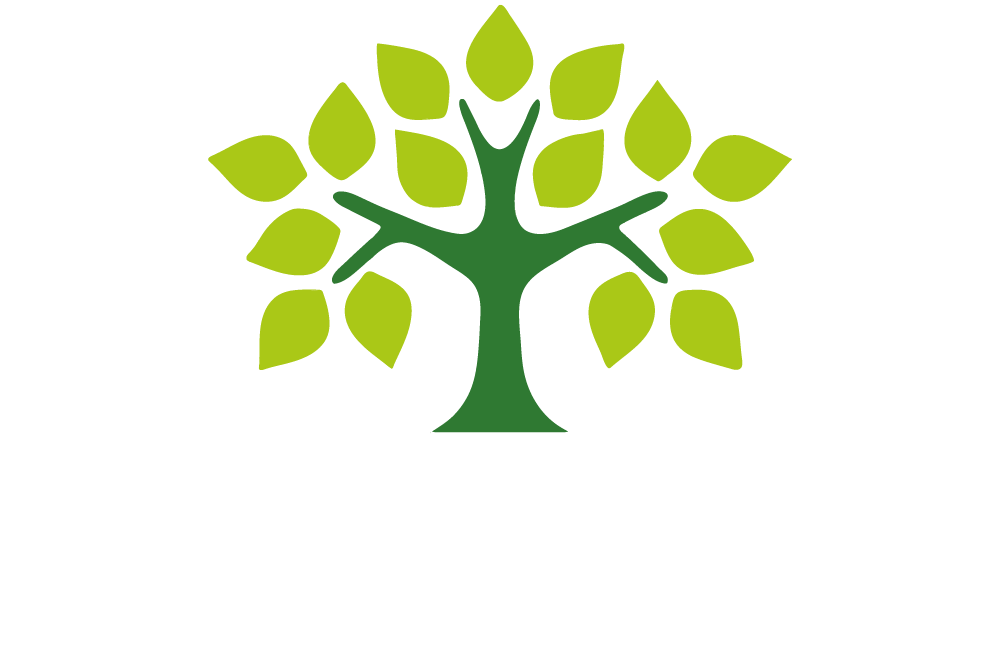Phonics

Read Write Inc
Read Write Inc is the scheme we use for teaching phonics in KS1 and spelling in KS2. A typical phonics lesson will include learning a new sound, recapping old sounds, reading green and red words, writing words and later in the year, reading a short story with a partner. Each phonic sound is linked to a picture and a rhyme to help children remember each sound. There is a copy of Set 1 and Set 2 sounds in this information pack. The teaching of phonics is split into three stages:
Set 1 – single sounds and simple special friends (special friends are sounds made from 2 or more letters e.g. sh, ch).
Set 2 simple vowel special friends. The children encounter more special friends as part of Set 2 e.g. ee as in tree, ow as in snow, ay as in play.
Set 3 – more complex and additional special friends. This is where we cover the same sound but with different spellings e.g. ea as in tea, or ow as in cow. The children then need to work out which is the correct special friend to use. Set 3 is taught in Year 1.
Below is some of the terminology that we use as part of our phonics lessons which you can use at home to support your child with their reading and writing.
Fred talk
Fred is our phonics friend. He is a frog that can only speak in sounds and so we have to help him learn to say words and help him to blend them together. For example, Fred would say c-a-t or b-l-ow. As part of our daily lessons, we learn to read green words using Fred Talk. If you are reading with your child, you can encourage them to ‘Fred Talk’ a word which means ‘sound it out’.
Green words and Fred in your head
Green words are phonetically decodable words that the children learn to read. When we learn a new sound in our lesson, we will spend time reading green words that include the new sound. If you are reading with your child and they encounter a green word, they will be able to sound this out phonetically e.g. c-a-t, c-ar. As we move through the year, we encourage the children to read some green words by sight and to ‘Fred in your head’. This is where children blend the sounds in their head and then say the whole word. Eventually, the children will just be able to read these by sight without using ‘Fred in your head’ and this will be the start of their journey to becoming a fluent reader. We will let you know via Seesaw when your child is ready to begin doing this so that you can support them at home.
Red words
These are words that children need to learn by sight because they contain parts that are not decodable. As the children move through the phonics programme into Year 1 they will explore why words are red words and which parts of them can be decoded and learn particular spelling rules. We have attached a word mat with common red words encountered in reception. We teach the children ‘you can’t Fred a red!’ which means you cannot sound it out. You can say this to your child if they try to sound out a red word when you are reading with them.
Fred Fingers
When we are writing words in our phonics lessons, we pinch the sounds of a word on our fingers to help children segment the whole word into its individual sounds. We call this using our ‘Fred fingers. For example, if we were writing the word fish, we would say the whole word first – fish, and then we would pinch the sounds f-i-sh and then count the sounds. We then finish by sweeping our free hand over our Fred fingers to blend the word back together. We would then use our sound mat to record the sounds.
Special friends
These are the phonics sounds that are made up of more than one letter. Children often find these tricky to spot in words when they first encounter them in books and you may find they sound them out as single sounds. You can support them by telling them there is a special friend in the word and if they need further support, point this out to them.

